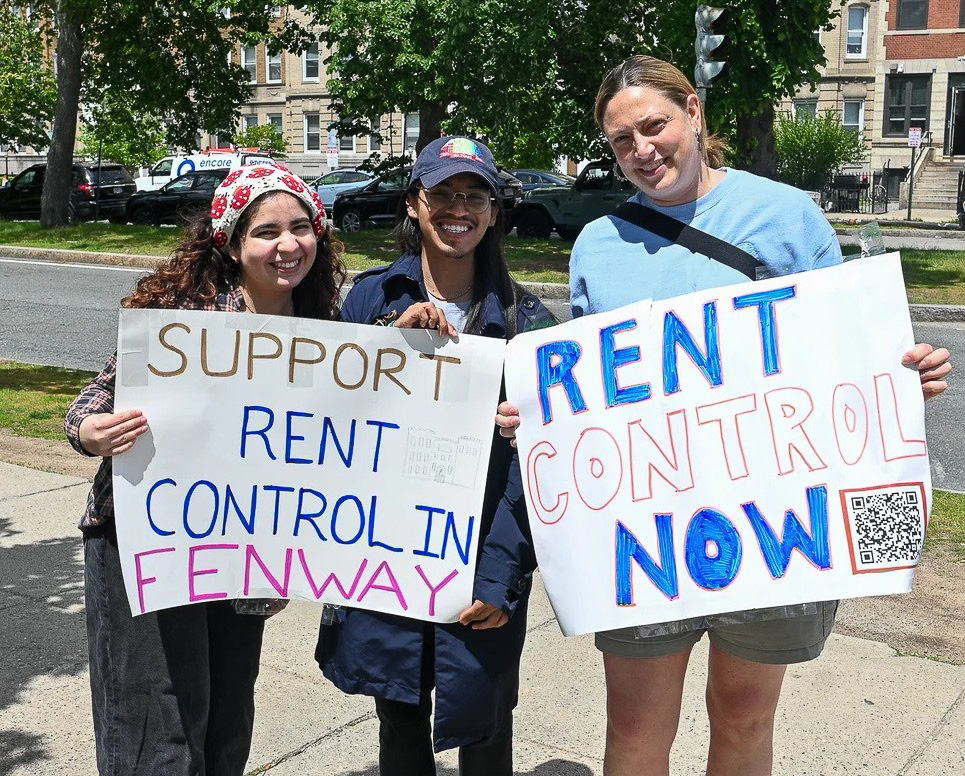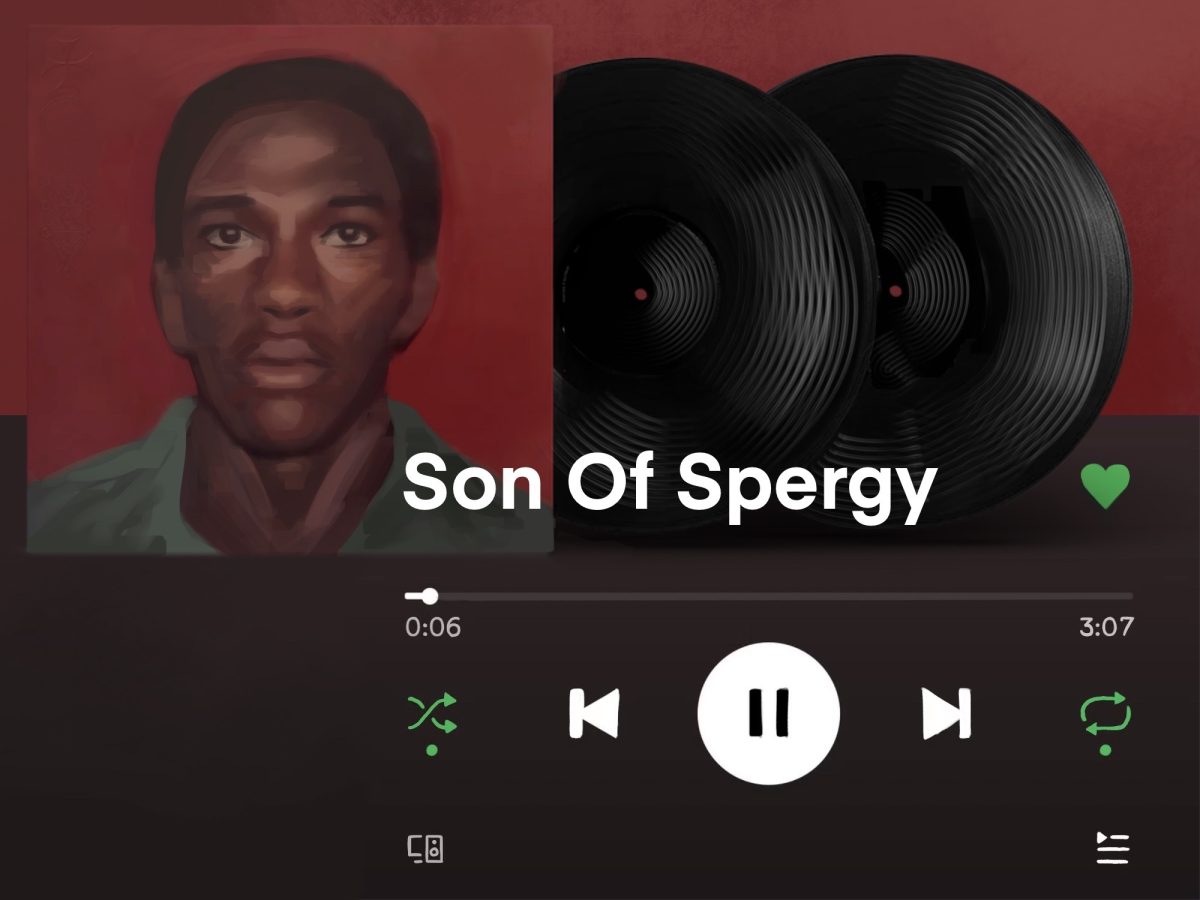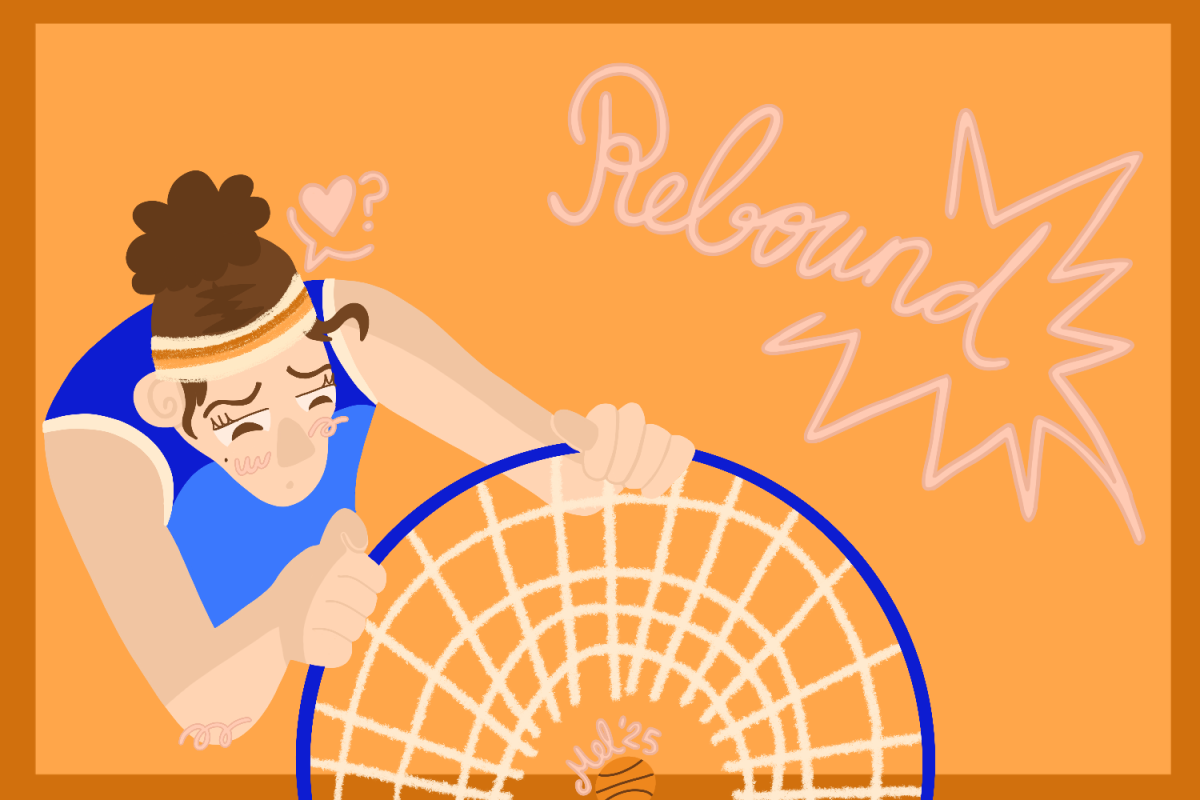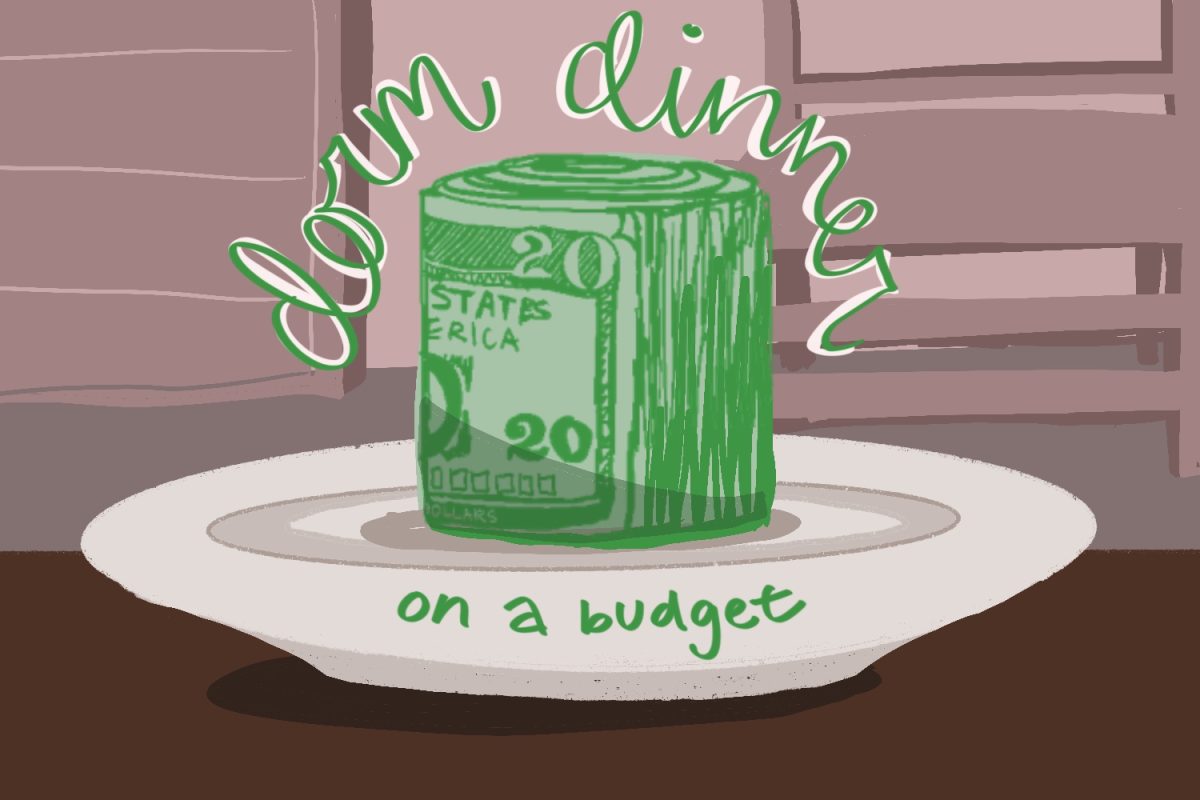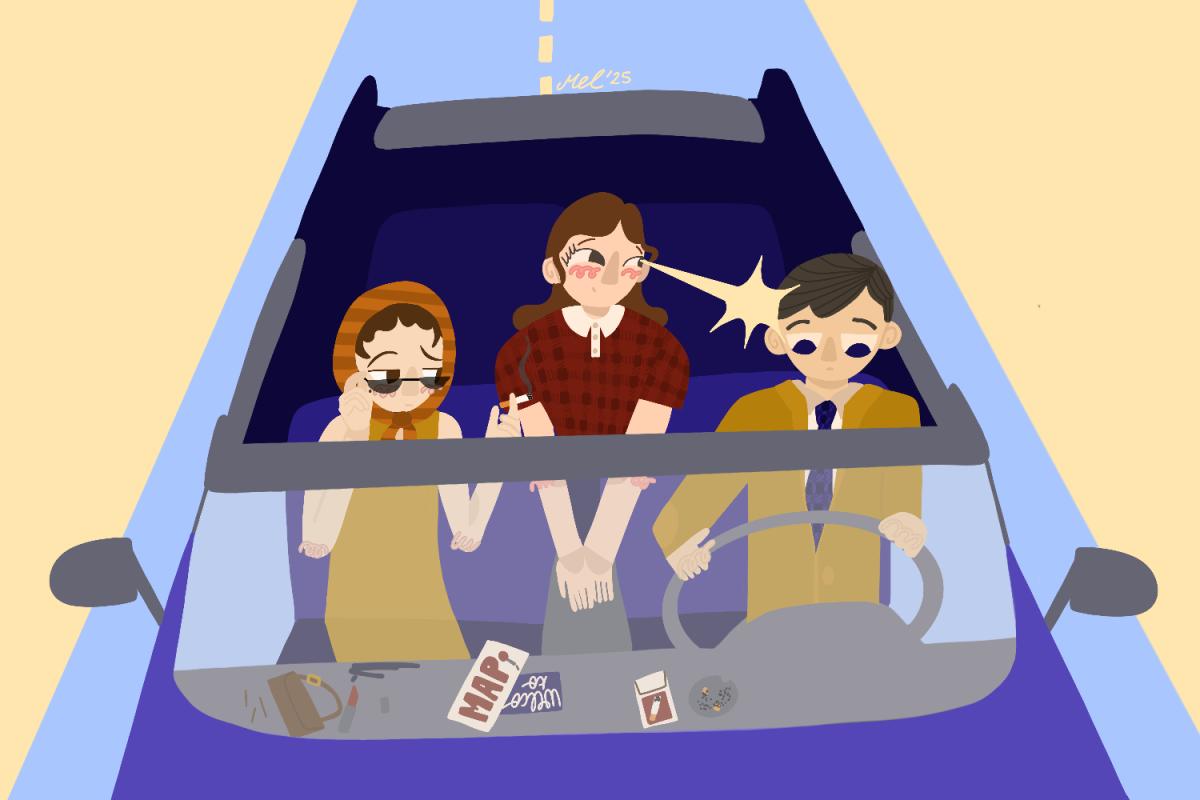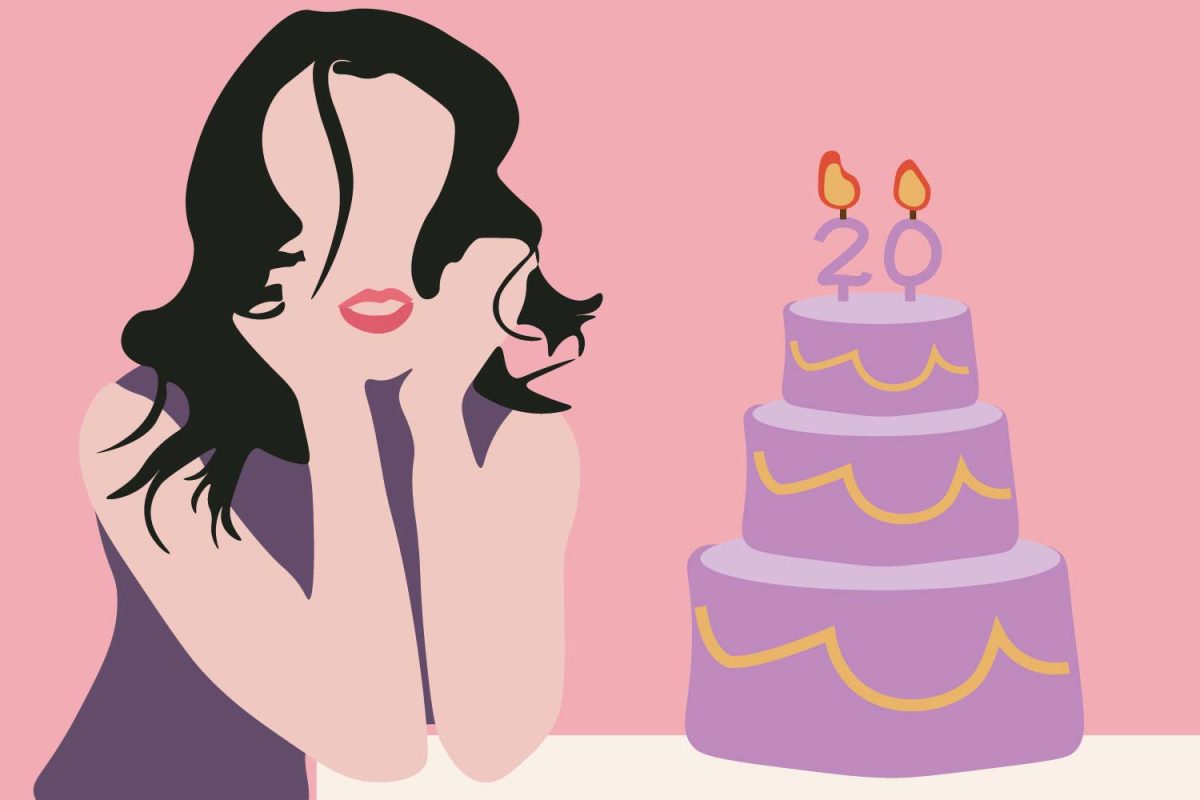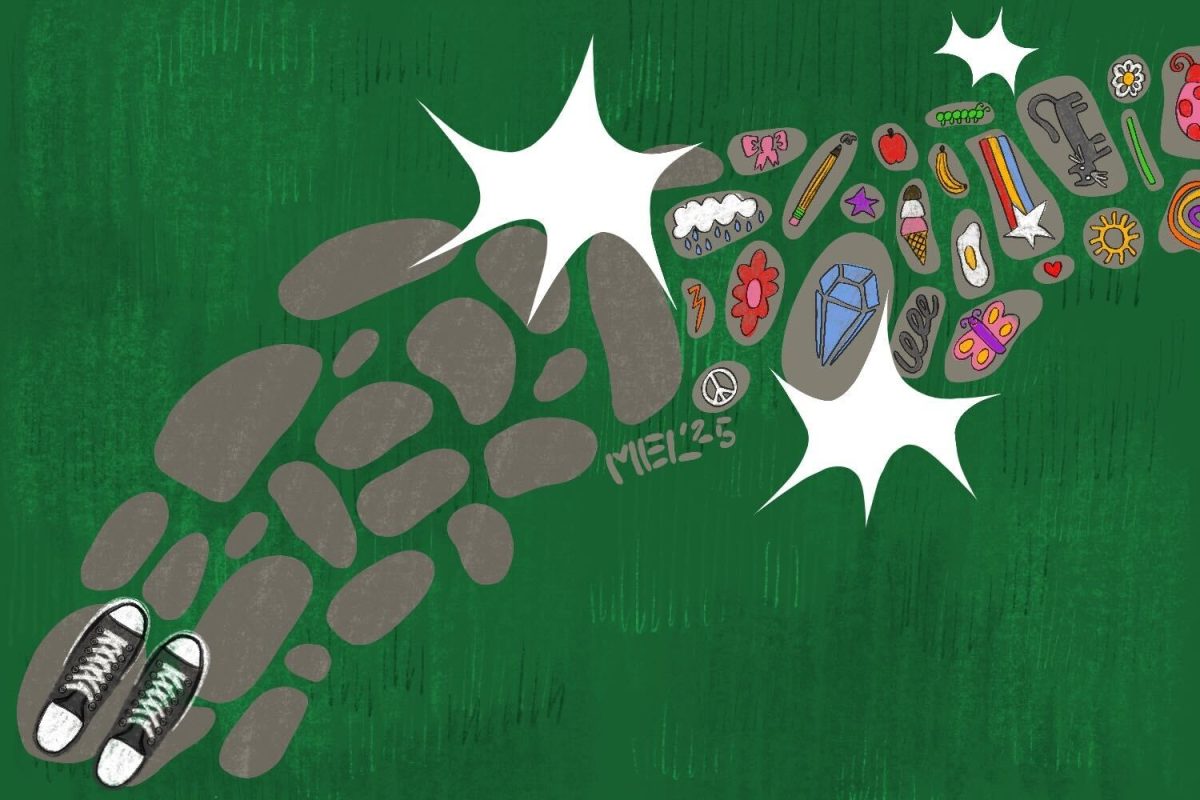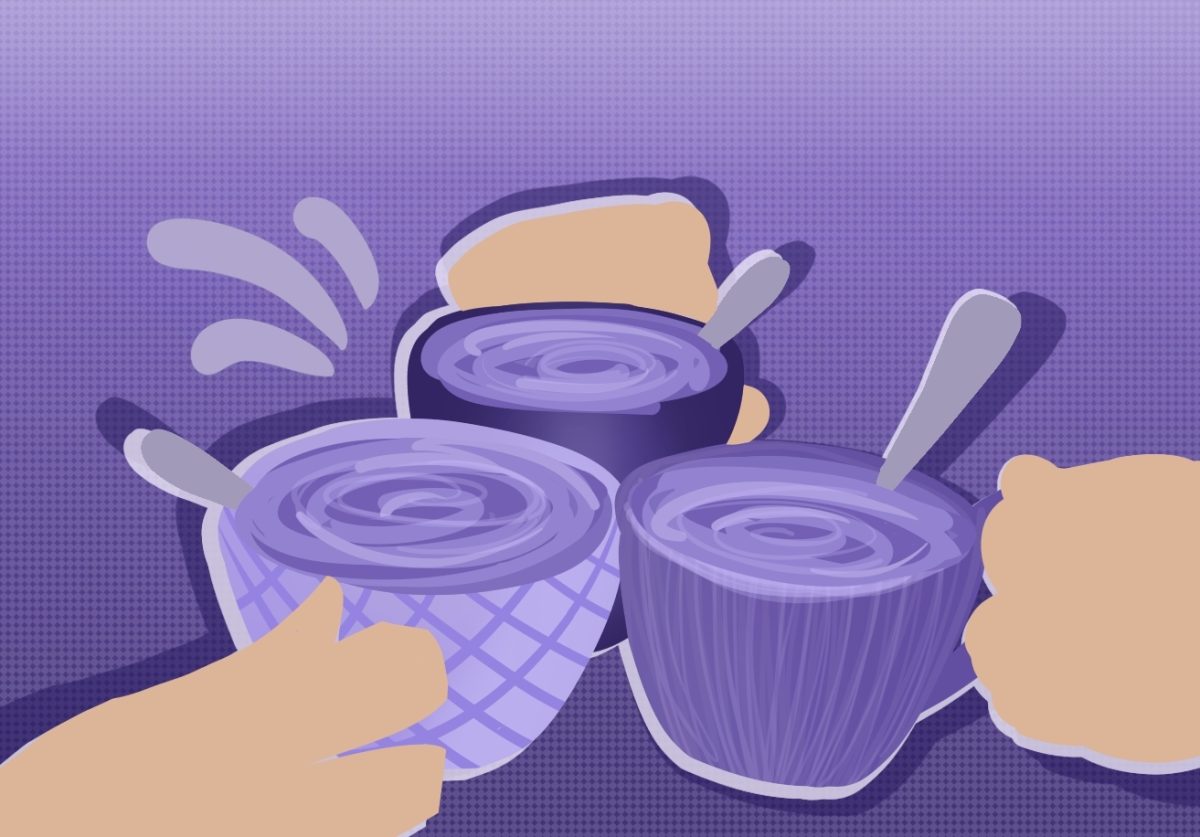Whether you have Apple Music, Soundcloud or Spotify, listening to music can be a cathartic experience for everyone and every emotion.
No matter what, the power a song holds is undeniable. It can be the lyrics that hit a nerve, the melody even, perhaps the artist’s voice, but one thing is for certain — every song can cultivate a feeling that is personal to an individual when they listen to it. This is why humans crave a specific song, because it emphasizes a specific emotion.
The typical thing to do is to categorize a cluster of songs into playlists based on the feelings they may elicit. Some people refer to these as “mood” playlists, since those collections of songs reflect your mood of the moment. An example of this can be a playlist titled “sad” for when you’re feeling down.
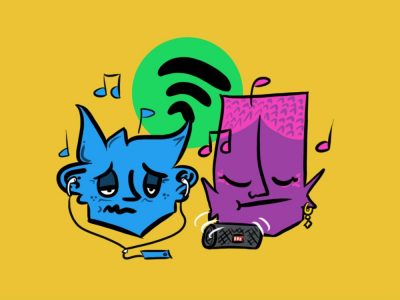
Some people might even get creative and add some zing to their playlist’s name like “therapy session,” “tired teardrops,” “clouded,” “drowning,” etc.
There is nothing wrong with listening to music for the sole purpose of enjoying a song, but there are caveats to listening to music that intensifies a negative feeling, such as being sad or angry — relying on music to regulate your emotions has the potential to affect your mental health in a harmful way.
If you think about a time when you had a heavy heart and felt hopeless, all you wanted to do was break away from that mindset and feel better. Nobody enjoys stagnant sadness. So, when you pop on a few songs that have a dark tone or remind you of a bad memory, all you’re doing is strengthening that negative feeling.
Even if you’re in a good headspace, listening to your “sad” playlist has the ability to reignite those feelings of self-destruction. Due to your association of a specific song with a negative emotion, that song — which might even be a traditionally happy song — can automatically hurt you since you’ve already labeled it with a depressive tag.
The dark side of playlists is they come with predetermined feelings. Each playlist is like a piece of tupperware, and when you lift the lid, the previous emotions you felt are now telling you what emotion to embody. That isn’t fair to you. No one should be tricked into feeling some type of way, even if it was you who created the playlist in the first place.
Modern day culture can seemingly romanticize this habit of being aesthetically sad, as if it is a style choice we can make to look cool. There’s nothing wrong with wanting to be contemporarily cool for this generation. It’s okay to be emotional and sit with your sad or angry feelings, but if you can prevent yourself from reliving a negative experience and intensifying a horrible feeling, you should do it.
Too much of anything can be dangerous, even the normal act of listening to music. If you routinely listen to those playlists that encapsulate a harmful mindset you were once in, or are currently in, chances are you are bruising yourself from the inside out. Try and reflect on how a song truly makes you feel, and if that feeling is good for your psyche or not. The dangers of a “mood” playlist should not be taken lightly.



